A lush green lawn is the dream of every homeowner, but over time, lawns can lose their vigor. Bare patches, thinning grass, or weeds sneaking in are common signs that your turf needs attention. While some may think that ripping out the old grass and starting from scratch is the only solution, there’s an easier, cost-effective method—overseeding, or planting new grass seed directly into your existing lawn.
This simple fix rejuvenates tired turf, fills in bare spots, and creates a thicker, healthier, more resilient lawn. Whether you’re a beginner or have some lawn-care experience, this step-by-step guide will teach you how to overseed like a pro and give your outdoor space a fresh, vibrant makeover.
Why Overseeding Works
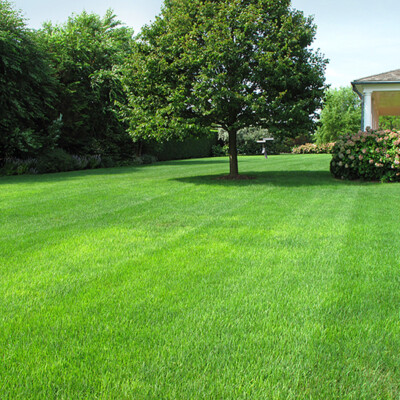
Overseeding is the process of sowing grass seed into an existing lawn without removing the old grass. It’s a common practice in lawn care for several reasons:
- Thicker Growth – Overseeding fills in gaps and thin areas, making the lawn look fuller and healthier.
- Weed Resistance – A dense lawn naturally prevents weeds from taking over by limiting space for them to grow.
- Improved Appearance – Overseeding revives fading lawns, giving them a lush, uniform green look.
- Stronger Lawn Health – New grass varieties are often more disease- and drought-resistant, improving your lawn’s resilience.
- Cost-Effective – Overseeding avoids the high cost and hard labor of replacing the entire lawn.
In short, overseeding breathes new life into your lawn without starting from zero.
When Is the Best Time to Overseed?
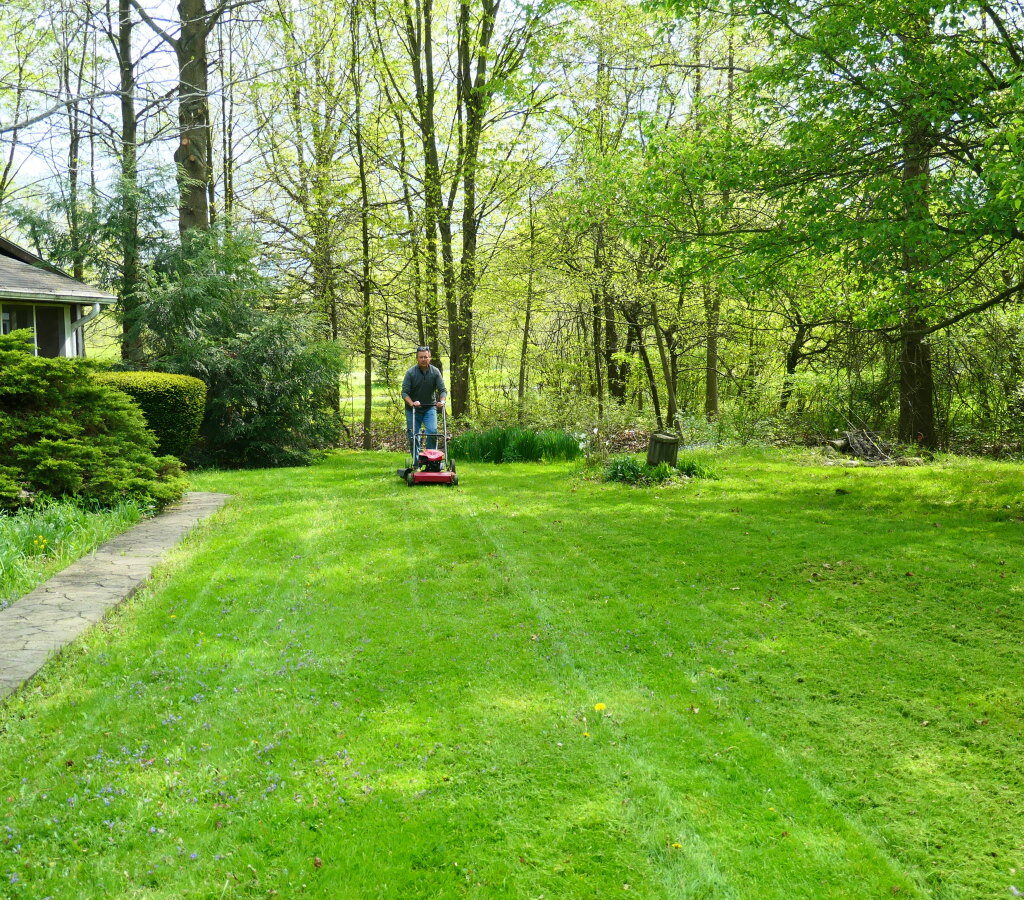
Timing is everything when it comes to overseeding. The success of your new grass depends heavily on planting during the right season.
- Cool-Season Grasses (like Kentucky bluegrass, ryegrass, or fescue):
The best time is early fall (late August to October) when soil temperatures are warm but air is cooler. This allows grass to establish before winter. A second window is early spring. - Warm-Season Grasses (like Bermuda, Zoysia, or Bahia):
Plant in late spring to early summer when soil is consistently warm, ensuring good germination and growth.
Avoid overseeding during the heat of summer or the cold of winter, as seeds struggle to sprout and establish in extreme conditions.
Tools and Materials You’ll Need
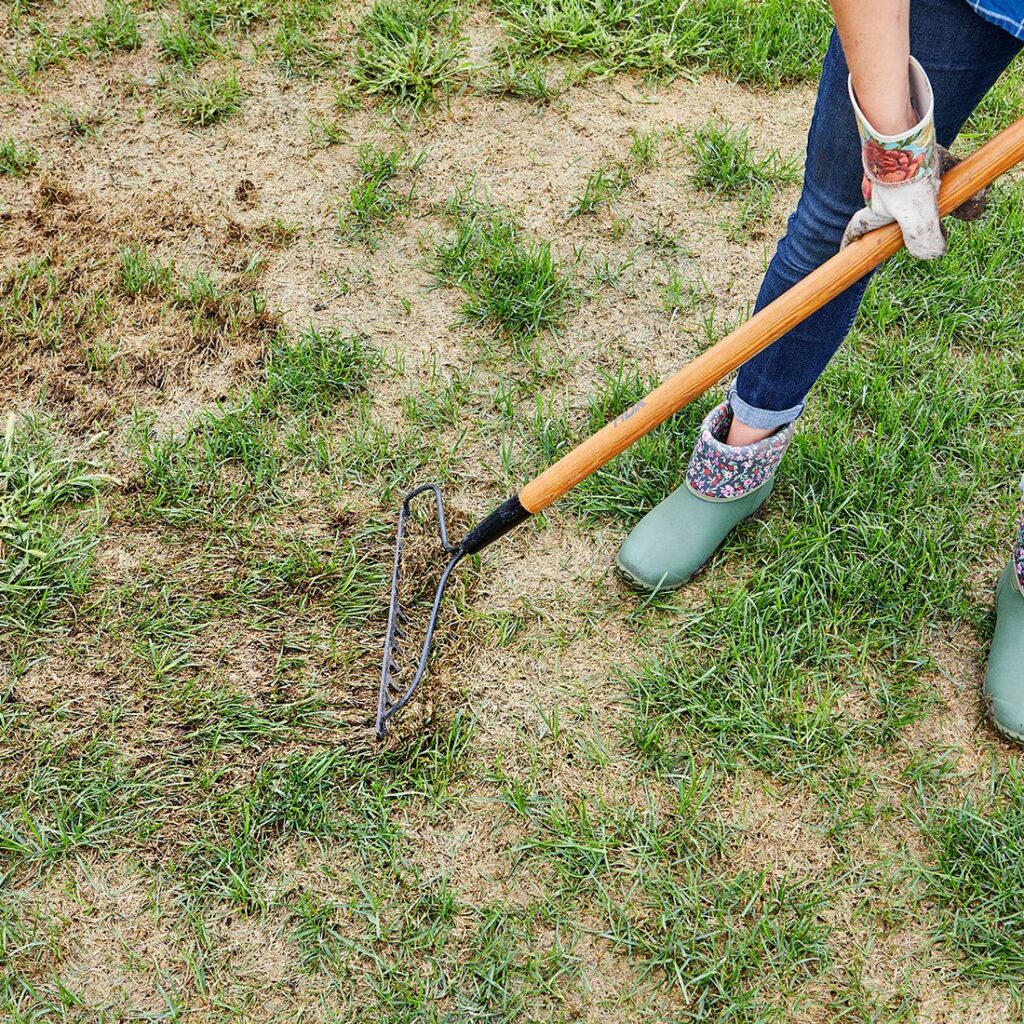
Before starting, gather these essential tools and supplies:
- Grass seed (appropriate for your region and lawn type)
- Lawn mower
- Rake or dethatcher
- Aerator (optional, but highly recommended)
- Lawn spreader (broadcast or drop spreader)
- Garden hose or sprinkler system
- Fertilizer (starter fertilizer for grass)
- Topdressing material (compost or enriched soil, optional)
Having the right tools makes the job smoother and ensures better results.
Step-by-Step Guide to Planting Grass Seed Over an Old Lawn
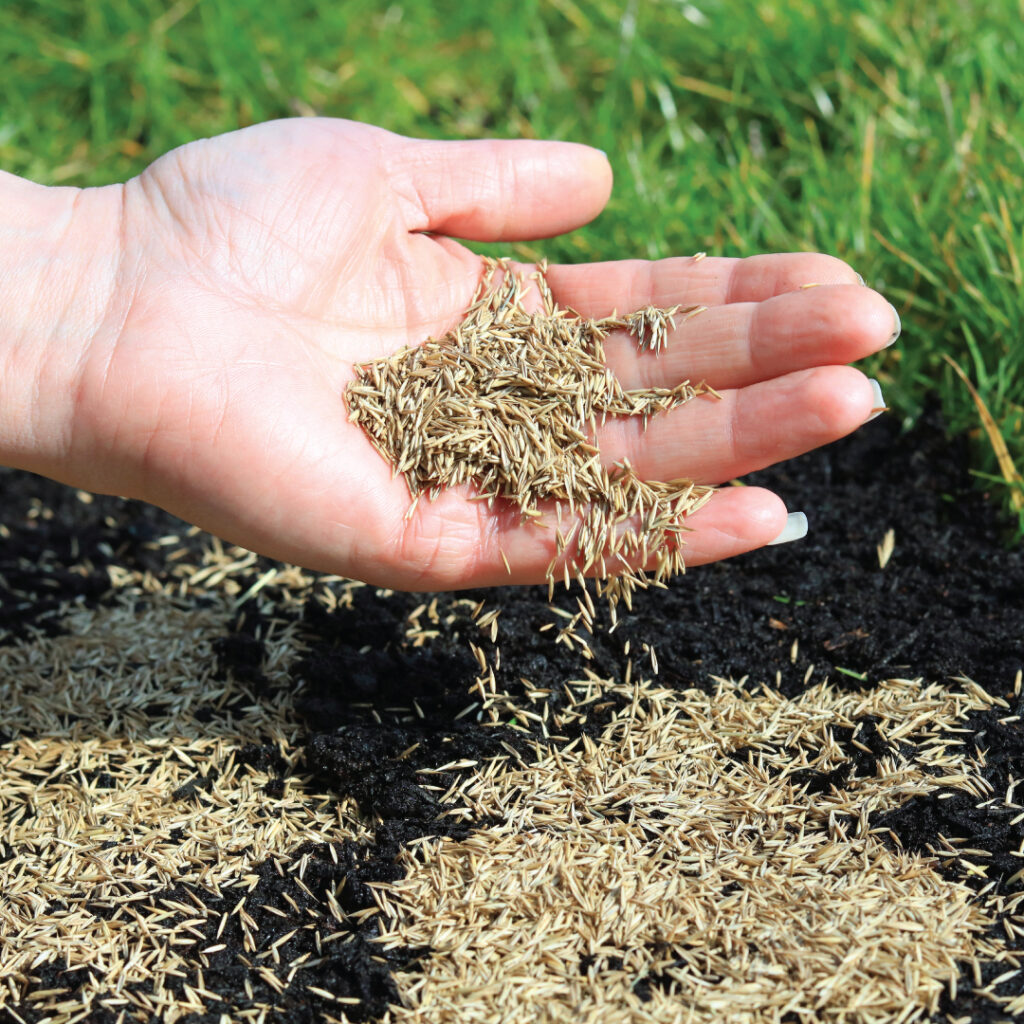
1. Assess Your Lawn’s Condition
Walk through your lawn and identify problem areas—bare patches, thinning spots, or compacted soil. Understanding your lawn’s needs will help you choose the right grass seed and overseeding approach.
2. Choose the Right Grass Seed
Grass seed selection is crucial. Match the new seed to your existing lawn to maintain a uniform look. Also, consider your region’s climate:
- Shady areas – Fine fescue or shade-tolerant blends.
- Sunny areas – Kentucky bluegrass or Bermuda.
- High-traffic areas – Perennial ryegrass or tall fescue for durability.
Look for high-quality seed mixes labeled as “overseeding blends” for the best compatibility.
3. Mow the Existing Lawn Short
Cut the grass shorter than usual (around 1.5–2 inches). This helps the new seed reach the soil and prevents the existing grass from shading out seedlings. Bag or rake up the clippings so they don’t smother the seed.
4. Prepare the Soil
Preparation is the secret to successful overseeding.
- Rake or dethatch: Remove dead grass and debris to expose soil.
- Aerate (optional but ideal): Use a core aerator to punch small holes into compacted soil. This improves seed-to-soil contact, water penetration, and root growth.
5. Spread the Seed Evenly
Use a broadcast or drop spreader to apply the grass seed evenly across your lawn. Follow the recommended seeding rate on the package. For bare patches, apply a bit more seed to encourage thicker growth.
6. Fertilize for a Boost
Apply a starter fertilizer rich in phosphorus and potassium to help seedlings establish strong roots. Avoid high-nitrogen fertilizers at this stage, as they can burn delicate seedlings.
7. Topdress with Compost (Optional)
For an extra boost, lightly spread a thin layer of compost or enriched topsoil over the seeded lawn. This improves soil health, retains moisture, and protects the seeds from birds.
8. Water Gently and Consistently
Watering is the most critical step after overseeding.
- Water lightly but frequently (2–3 times per day) to keep the soil consistently moist until seeds germinate.
- Once seedlings sprout, reduce watering to once daily, then gradually shift to deeper, less frequent watering to encourage deep roots.
Avoid heavy watering that may wash away seeds.
9. Be Patient and Nurture Growth
Grass seeds typically germinate in 5–21 days, depending on the variety. During this time:
- Stay off the lawn as much as possible to avoid damaging seedlings.
- Continue mowing, but only once new grass reaches at least 3–4 inches tall. Keep mower blades sharp to prevent tearing delicate shoots.
Common Mistakes to Avoid
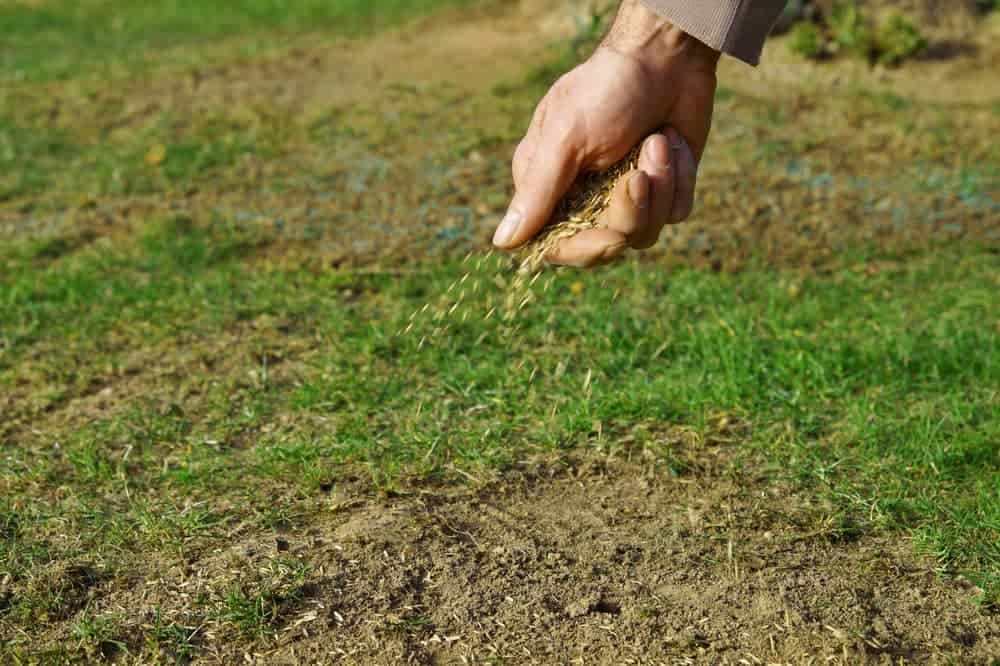
- Skipping soil prep: Seeds need direct soil contact; tossing them on top of grass won’t work.
- Overwatering or underwatering: Both extremes harm seedlings. Aim for consistent moisture.
- Using too much seed: Overcrowded seedlings compete for nutrients and weaken growth.
- Applying weed killers: Herbicides can kill young grass; wait at least 6–8 weeks before applying.
- Ignoring sunlight needs: Planting sun-loving grass in shade will always fail, no matter how much care you give.
Long-Term Care for a Healthy Lawn
After your overseeded lawn has grown in, maintain it with proper care:
- Regular Mowing: Keep grass at its recommended height.
- Deep Watering: Water 1–1.5 inches weekly rather than shallow, frequent watering.
- Seasonal Fertilizing: Apply balanced fertilizer during spring and fall.
- Weed Control: Use pre-emergent herbicides only after seedlings are mature.
- Aeration: Aerate your lawn every 1–2 years to reduce compaction and improve soil health.
These habits ensure your lawn stays green, dense, and resistant to stress.
Benefits of Overseeding vs. Starting Fresh
You may wonder, why not just remove everything and reseed? Here’s why overseeding is often better:
- Less labor-intensive
- Faster results (no bare soil look)
- Cost-effective
- Environmentally friendly (less soil erosion and less waste)
- Revives without disrupting the ecosystem already in place
For most homeowners, overseeding is the perfect balance between effort and reward.
Final Thoughts
A tired lawn doesn’t have to be replaced to be revived. With overseeding, you can transform your old grass into a lush, vibrant carpet of green without the back-breaking labor of starting from scratch. By choosing the right seed, preparing your soil properly, and following smart watering and care practices, you’ll be amazed at how quickly your lawn bounces back.
Think of overseeding as giving your lawn a second chance—a simple fix with professional-looking results. With these easy lawn hacks, you’ll soon be enjoying a stunning, healthy yard that not only looks beautiful but also adds value to your home.






Leave A Comment